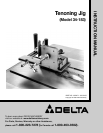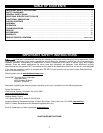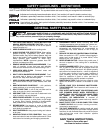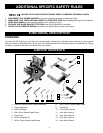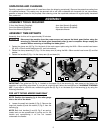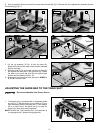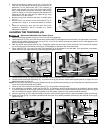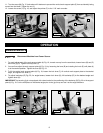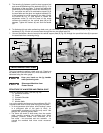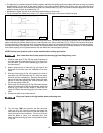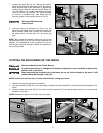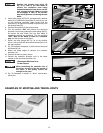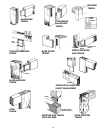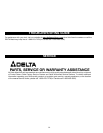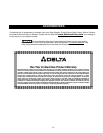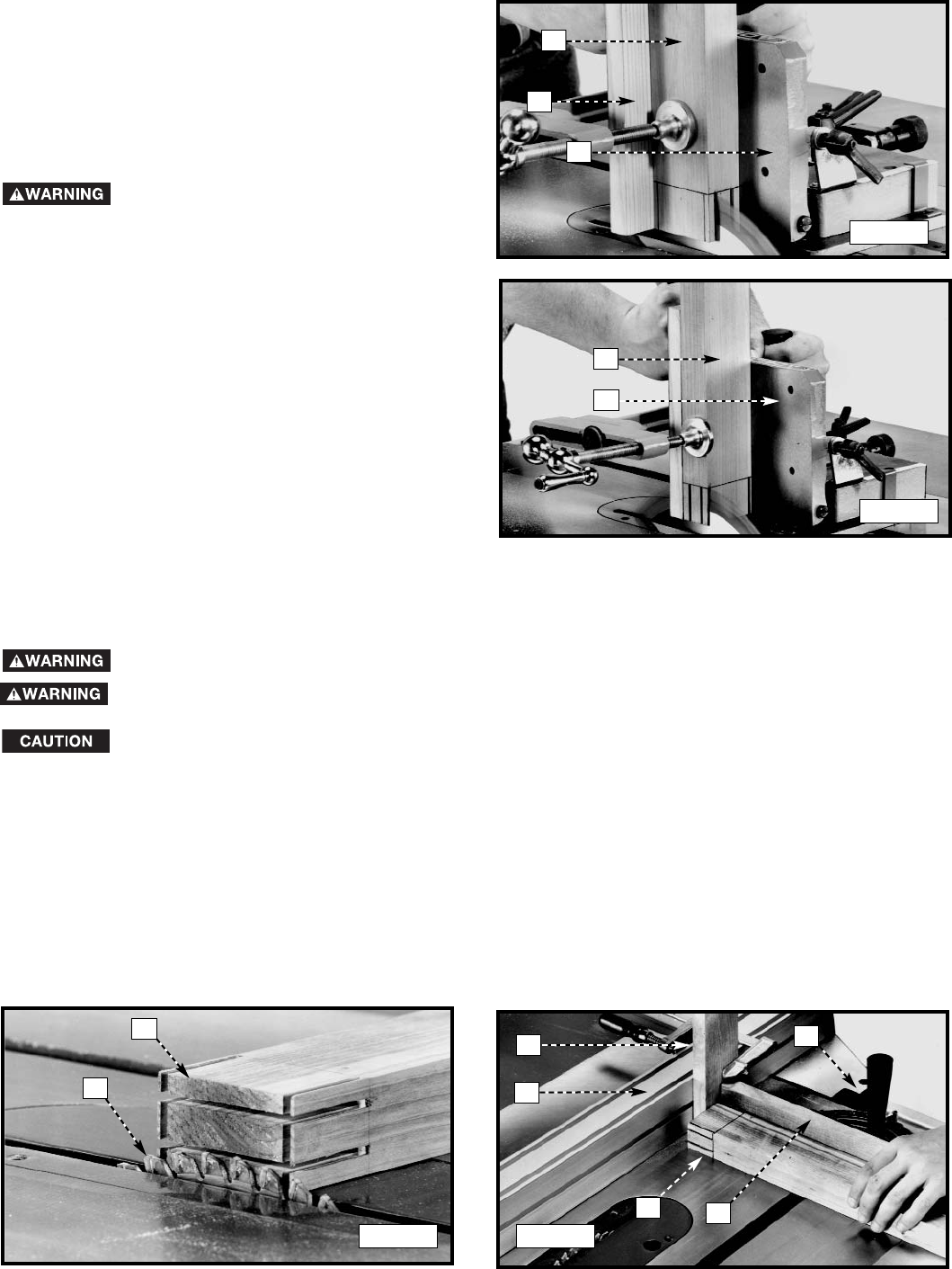
11
8. Load and secure the workpiece (L) Fig. 31 on the
tenoning jig and adjust the jig to perform the third and
fourth cosmetic cheek cuts. Connect the machine to
the power source, turn the saw “on”, and make the
cuts.
NOTE: When cutting the cosmetic cheek cuts, do not use
the spacer block (K) Fig. 28. You can turn the workpiece 180
degrees. The discrepancies in the workpiece are not as
critical when cutting the cosmetic cheeks as compared to
the structural cheeks.
Disconnect Machine from
Power Source
1. Remove the tenoning jig from the machine.
2. Lay the workpiece (L) Fig. 32 on the saw table and adjust the saw blade (R) to cut the structural shoulders of the
tenon.
3. Clamp a wooden stop block (S) Fig. 33 to the front of the saw fence (T), and adjust the saw fence to cut the structural
shoulders of the tenon.
NOTE: Remember to figure in the width of the saw blade.
CUTTING THE SHOULDERS OF THE TENON
Disconnect Machine from Power Source
7. Loosen the clamp (M) Fig. 28. Remove the spacer
block (K) and secure the workpiece (L) Fig. 29 in place.
Keep the same face of the workpiece (L) against the
vertical support plate (N) and the backup board (P).
Turn the machine “on”, perform the second structural
cheek cut, and turn the machine “off”. Allow the blade
to come to a complete stop, then slowly pull the
tenoning jig back to the position shown in Fig. 28.
Fig. 30
Fig. 31
L
P
N
L
N
To avoid personal injury or damage to the machine, always use a cross-cut blade to perform the
shoulder cuts of the tenon.
When performing the shoulder cuts of the tenon, do not cut into the cheeks of the tenon. It will
greatly reduce the strength of the joint.
NOTE: Perform your practice cuts on scrap material before cutting good wood.
Fig. 32
Fig. 33
L
R
T
S
X
W
L



